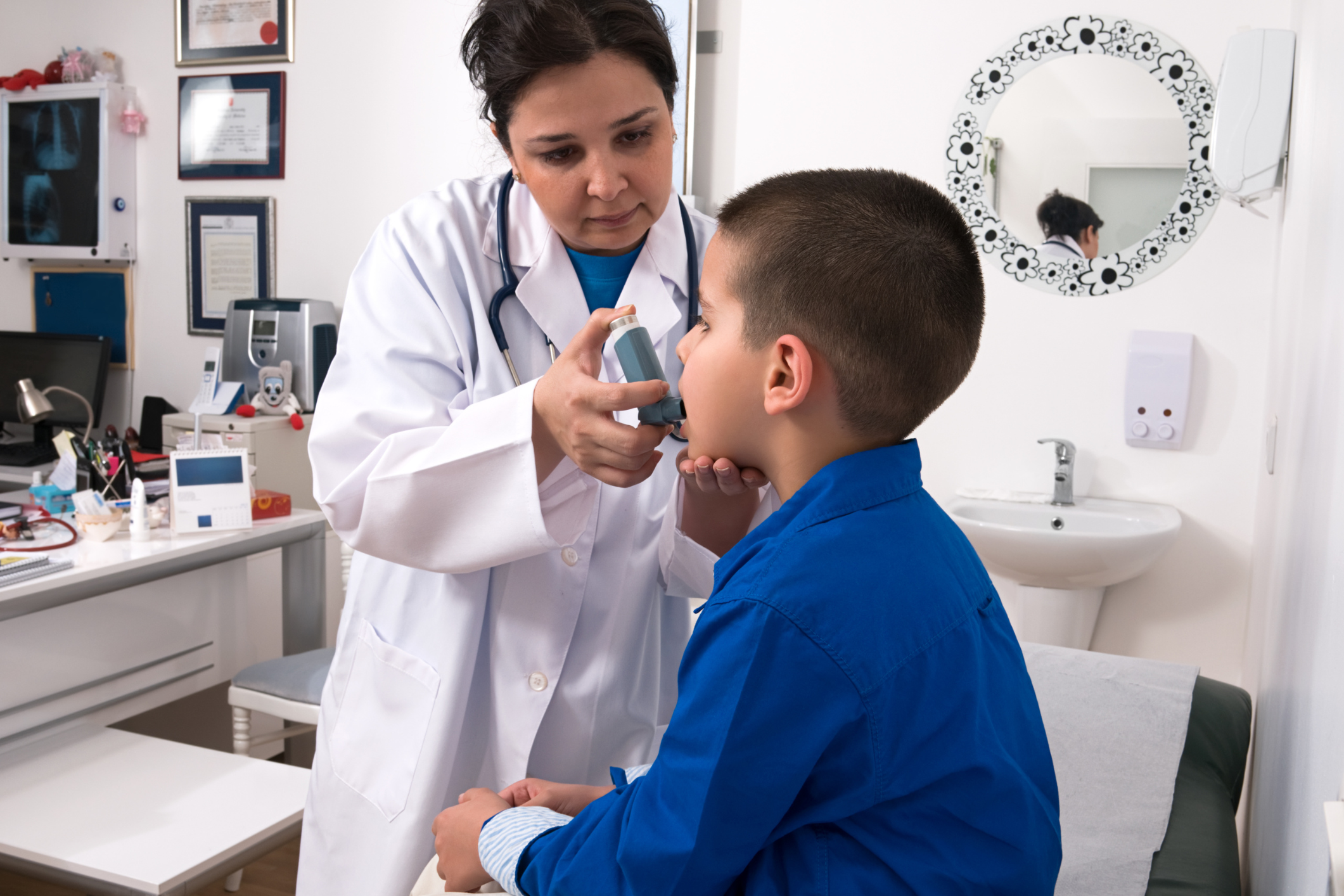
5 Ways to Monitor Your Child’s Screen Time
Handing your child a phone, an iPad, or some other technology device to keep them entertained has become an easy fix for parents. Even though this solution may seem practical at that moment, it can have a lasting negative impact on children in the long run, if parents are not mindful. Children and teenagers between the ages of 8 to 18 years, spend an average of 7+ hours per day looking at screens.1 Too much recreational screen time for children can impair their sleep and it attributes to poor cognitive development, affecting their overall health.2
The fact is, we live in a digital era and expecting children to have no screen time at all can seem impractical. Thankfully, there are several tactics parents and schools can apply to monitor screen time.
Set a schedule
Creating a schedule will ensure the child’s time is managed effectively. It is essential to prioritize time for homework, physical activity, socializing, and sleep. Parents can then add mindful time limits for screen time into their child’s schedule.
The American Academy of Pediatrics recommends “no more than one hour a day of screen time for children between the ages of 2 to 5 years. Children ages 6 years and older should have consistent limits on the time they spend on electronic media and the types of media they use.”
Get involved in other activities
Finding things to do without being attached to a screen can seem a little challenging at times. However, playing outside, building puzzles, playing a board game, coloring, and reading are just a few of the many activities children can engage in during their free time. Assisting in cooking and cleaning activities at home is also a great way to keep children busy while teaching them essential life skills.
Monitor and Keep track
It is important for parents and schools to be up-to-date on the variety of threats that come with the use of technology. Plenty of applications are available to track children’s use of social media, emails, and text messages. There are also apps that block inappropriate content and allow for time limits to be set on social media activities, games, and text messaging. Check out the Top 10 parental control apps of 2019 posted by the Consumer Advocate!
No technology allowed
You can set technology “off limit” areas like the dining room or the car. Make it a rule, that the use of digital devices is off limits in those areas. It will help everyone to be present in the moment and will eventually become a natural habit for your children. This healthy habit can go a long way and potentially even decrease the chances of your child texting while driving once in their teenage and adult years.
Set the example
All of the tactics mentioned above are effective ways to monitor a child’s screen time. But, the ultimate approach to ensure your child is not glued to a screen is setting a good example! Children learn and imitate behaviors by observing.3 For instance, if you have the habit of scrolling down your social media feed any second you have free time, your child will pick up on that pattern. Create healthy habits for your child by being present and engaging with the people around versus a digital device.
Resources:
1. https://www.cbsnews.com/news/parents-need-to-drastically-cut-kids-screen-time-devices-american-heart-association/
2. https://www.thelancet.com/journals/lanchi/article/PIIS2352-4642(18)30305-5/fulltext
3. https://www.canr.msu.edu/news/monkey_see_monkey_do_model_behavior_in_early_childhood

